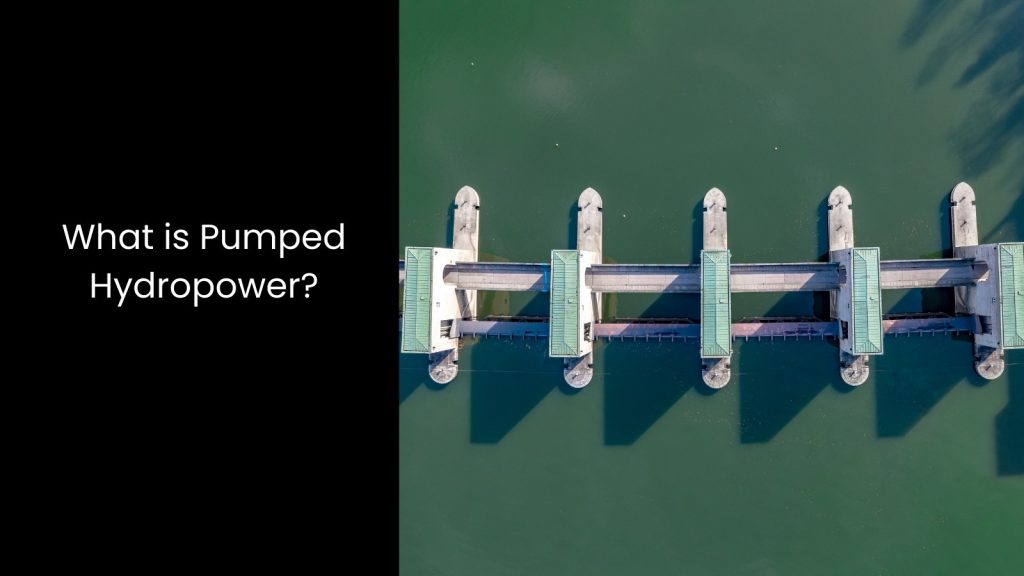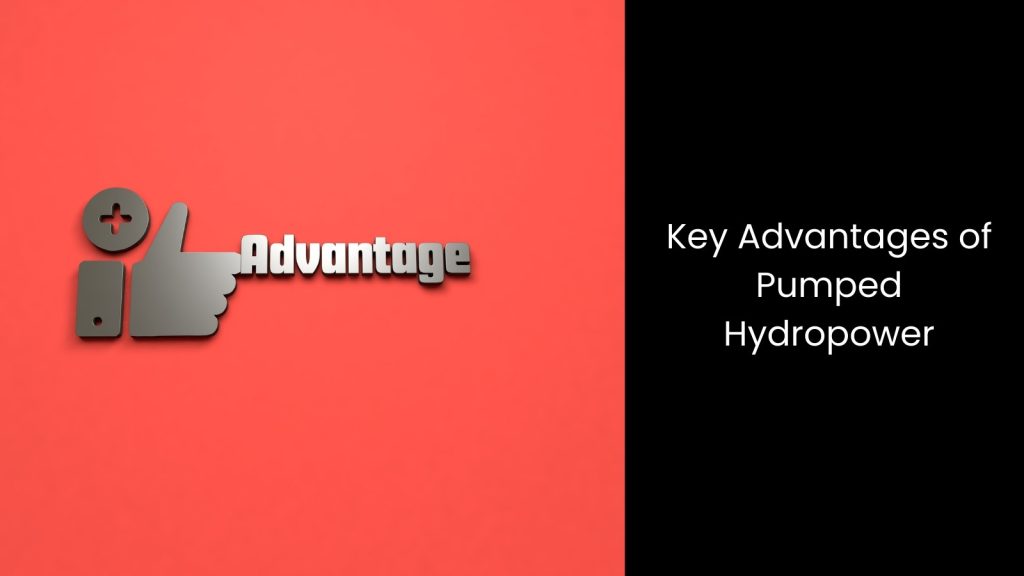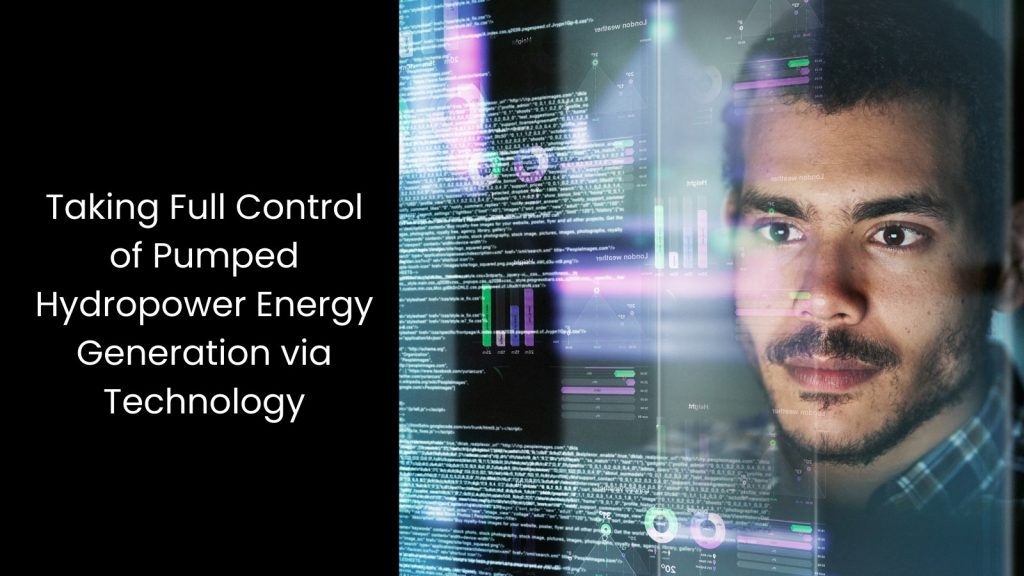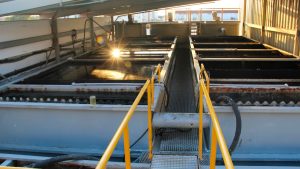Australia is home to about 120 pumped hydropower plants at this point, and it is not a secret to say that it plays a major role in the nation’s transition to renewable energy. As the demand for cleaner, more sustainable power sources grows, pumped hydropower has become a key solution here. It provides reliable energy storage and generation, unlike traditional power plants. With the growing interest in sustainable solutions, understanding the advantages of pumped hydropower is essential in highlighting its importance for Australia’s renewable energy future.
In this article, we will explore the key benefits that make pumped hydropower a vital part of the energy landscape in Australia.
In this article, we will explore the key benefits that make pumped hydropower a vital part of the energy landscape in Australia.
What is Pumped Hydropower?

- Pumped hydropower provides about 97% of the world’s energy storage capacity. When it comes to the Australian energy scenario, this is quite important for balancing renewable energy sources like solar and wind.
- Its mechanism is quite complex. Pumped hydropower works by storing energy in the form of water, which is pumped from a lower reservoir to an upper one during periods of low electricity demand. When energy demand increases, the water flows back down through turbines, generating electricity. This process is highly efficient, making pumped hydropower a vital part of Australia’s renewable energy landscape.
- In fact, Australia is actively expanding its pumped hydropower capacity, with major projects like Snowy 2.0 set to add 2,000 megawatts of capacity. As it utilises excess electricity from renewable sources to pump water uphill, this technology allows for energy storage that can be dispatched when needed, helping to stabilise the grid and ensure a reliable power supply.
- Unlike batteries, which have shorter lifespans and higher costs, pumped hydropower is a long-term, sustainable solution for energy storage. It also offers flexibility since it quickly responds to fluctuations in electricity demand. This capability is especially important as Australia shifts towards a greener energy mix.
Key Advantages of Pumped Hydropower

Renewable and Sustainable Energy Storage
There is a reason behind pumped hydropower being referred to as a ‘green battery’. That is because it provides large-scale energy storage without causing significant harm to the environment.
This technology relies on the natural water cycle, powered by the sun, to store and generate energy. Water is pumped from a lower reservoir to an upper one when there is excess electricity, and when energy demand rises, the water flows back down, turning turbines to generate power. Since the entire system uses water, a renewable resource, it makes pumped hydropower an eco-friendly energy solution.
This is quite different from conventional hydropower, which depends on natural water flow and can disrupt ecosystems. When it comes to pumped hydropower, it usually operates within a closed system. It reuses the same water over and over again, which minimises the impact on the environment and makes it even more sustainable. This renewable energy source does not require ongoing fuel inputs like coal or gas, reducing emissions and contributing to a cleaner energy grid.
Apart from that, the raw materials, water and gravity are abundant and renewable, so the system never runs out of resources. Beyond its environmental benefits, pumped hydropower is also financially efficient. Once built, these systems require very little maintenance, making them a low-cost investment over time.
This technology relies on the natural water cycle, powered by the sun, to store and generate energy. Water is pumped from a lower reservoir to an upper one when there is excess electricity, and when energy demand rises, the water flows back down, turning turbines to generate power. Since the entire system uses water, a renewable resource, it makes pumped hydropower an eco-friendly energy solution.
This is quite different from conventional hydropower, which depends on natural water flow and can disrupt ecosystems. When it comes to pumped hydropower, it usually operates within a closed system. It reuses the same water over and over again, which minimises the impact on the environment and makes it even more sustainable. This renewable energy source does not require ongoing fuel inputs like coal or gas, reducing emissions and contributing to a cleaner energy grid.
Apart from that, the raw materials, water and gravity are abundant and renewable, so the system never runs out of resources. Beyond its environmental benefits, pumped hydropower is also financially efficient. Once built, these systems require very little maintenance, making them a low-cost investment over time.
Supporting Water Supply and Flood Control
Pumped hydropower systems offer significant benefits beyond just energy storage, including supporting water supply and controlling floods. Let us reveal how this occurs.
The reservoirs and dams used in pumped hydropower allow for effective water flow management, creating a backup supply in case of water shortages. During dry periods, these reservoirs can provide emergency water reserves for nearby communities. It will ensure a stable supply when natural sources may be running low. This water management capability becomes especially important in regions prone to drought or inconsistent rainfall, as the stored water in the reservoirs can help address critical water needs.
On the other hand, pumped hydropower also provides flood control benefits. In times of heavy rainfall or storms, when water levels in rivers and drainage systems rise dangerously, the reservoirs can collect and hold excess water. This storage capacity prevents overflow and helps keep surrounding areas safe from potential flooding. Since this temporarily stores large volumes of water, pumped hydropower systems reduce the risk of flooding in local communities, protecting homes, infrastructure, and agriculture.
The ability to control water flow in both dry and wet conditions makes pumped hydropower a dual-purpose system that benefits both energy generation and water management. The reservoirs act as a safeguard against both water scarcity and water surpluses, helping balance local water needs while enhancing safety. This water storage feature adds resilience to areas that may face unpredictable weather patterns or extreme events like droughts or floods.
The reservoirs and dams used in pumped hydropower allow for effective water flow management, creating a backup supply in case of water shortages. During dry periods, these reservoirs can provide emergency water reserves for nearby communities. It will ensure a stable supply when natural sources may be running low. This water management capability becomes especially important in regions prone to drought or inconsistent rainfall, as the stored water in the reservoirs can help address critical water needs.
On the other hand, pumped hydropower also provides flood control benefits. In times of heavy rainfall or storms, when water levels in rivers and drainage systems rise dangerously, the reservoirs can collect and hold excess water. This storage capacity prevents overflow and helps keep surrounding areas safe from potential flooding. Since this temporarily stores large volumes of water, pumped hydropower systems reduce the risk of flooding in local communities, protecting homes, infrastructure, and agriculture.
The ability to control water flow in both dry and wet conditions makes pumped hydropower a dual-purpose system that benefits both energy generation and water management. The reservoirs act as a safeguard against both water scarcity and water surpluses, helping balance local water needs while enhancing safety. This water storage feature adds resilience to areas that may face unpredictable weather patterns or extreme events like droughts or floods.
Less Environmental Repercussions
It goes without saying that the latter offers fewer environmental repercussions, making it one of the cleanest energy sources available.
Once the construction of the system is complete, it produces no direct waste, unlike fossil fuel power plants that release harmful emissions into the atmosphere. The use of water as a renewable resource ensures minimal greenhouse gas emissions, significantly reducing its contribution to air pollution. When compared to coal or natural gas plants, which heavily rely on fuel combustion, pumped hydropower stands out as an eco-friendly option.
Also, pumped hydropower has relatively minor impacts on local ecosystems, particularly the rivers downstream from the plant. To further reduce its environmental footprint, these systems can use underground water tables or repurpose abandoned mine pits as lower reservoirs.
Once the construction of the system is complete, it produces no direct waste, unlike fossil fuel power plants that release harmful emissions into the atmosphere. The use of water as a renewable resource ensures minimal greenhouse gas emissions, significantly reducing its contribution to air pollution. When compared to coal or natural gas plants, which heavily rely on fuel combustion, pumped hydropower stands out as an eco-friendly option.
Also, pumped hydropower has relatively minor impacts on local ecosystems, particularly the rivers downstream from the plant. To further reduce its environmental footprint, these systems can use underground water tables or repurpose abandoned mine pits as lower reservoirs.
Operating Cost is Low
Do you wonder how it reduces operational costs? Let us elaborate on this for you.
Once they are built, these plants have a long lifespan. Usually, they last several decades and require very little maintenance compared to other energy systems. This is because pumped hydropower relies on simple mechanisms like water and gravity rather than complex fuel processes. Unlike fossil fuel power plants, which face fluctuating fuel prices and potential government regulations aimed at reducing carbon emissions, pumped hydropower does not depend on costly raw materials like coal, oil, or natural gas. This eliminates the risk of rising operational costs due to fuel shortages or price spikes, making it a more stable and predictable energy source.
Since the system uses water to store and release energy, there are no fuel costs involved. This means the primary expenses are related to the initial construction and occasional maintenance. Over time, this translates into significant cost savings as the plant continues to generate power with minimal intervention.
Furthermore, pumped hydropower plants do not have to worry about future expenses related to environmental penalties or carbon taxes, which are becoming more common as governments push for cleaner energy sources. This allows them to operate efficiently without the need for expensive updates to meet new environmental standards. In the long run, the low operating costs make pumped hydropower a financially sustainable option, offering consistent returns on investment.
Once they are built, these plants have a long lifespan. Usually, they last several decades and require very little maintenance compared to other energy systems. This is because pumped hydropower relies on simple mechanisms like water and gravity rather than complex fuel processes. Unlike fossil fuel power plants, which face fluctuating fuel prices and potential government regulations aimed at reducing carbon emissions, pumped hydropower does not depend on costly raw materials like coal, oil, or natural gas. This eliminates the risk of rising operational costs due to fuel shortages or price spikes, making it a more stable and predictable energy source.
Since the system uses water to store and release energy, there are no fuel costs involved. This means the primary expenses are related to the initial construction and occasional maintenance. Over time, this translates into significant cost savings as the plant continues to generate power with minimal intervention.
Furthermore, pumped hydropower plants do not have to worry about future expenses related to environmental penalties or carbon taxes, which are becoming more common as governments push for cleaner energy sources. This allows them to operate efficiently without the need for expensive updates to meet new environmental standards. In the long run, the low operating costs make pumped hydropower a financially sustainable option, offering consistent returns on investment.
Taking Full Control of Pumped Hydropower Energy Generation via Technology

You may feel managing the complexities of pumped hydropower energy generation can be overwhelming without the right tools, as it might lead to inefficiencies and costly downtime. Then, what you can do is invest in a comprehensive asset management solution. It will help your operators streamline maintenance, optimise energy storage, and ensure long-term performance. Taking full control of your hydropower plant with the right technology from a reliable software supplier will simplify operations and maximise output beyond doubt.







